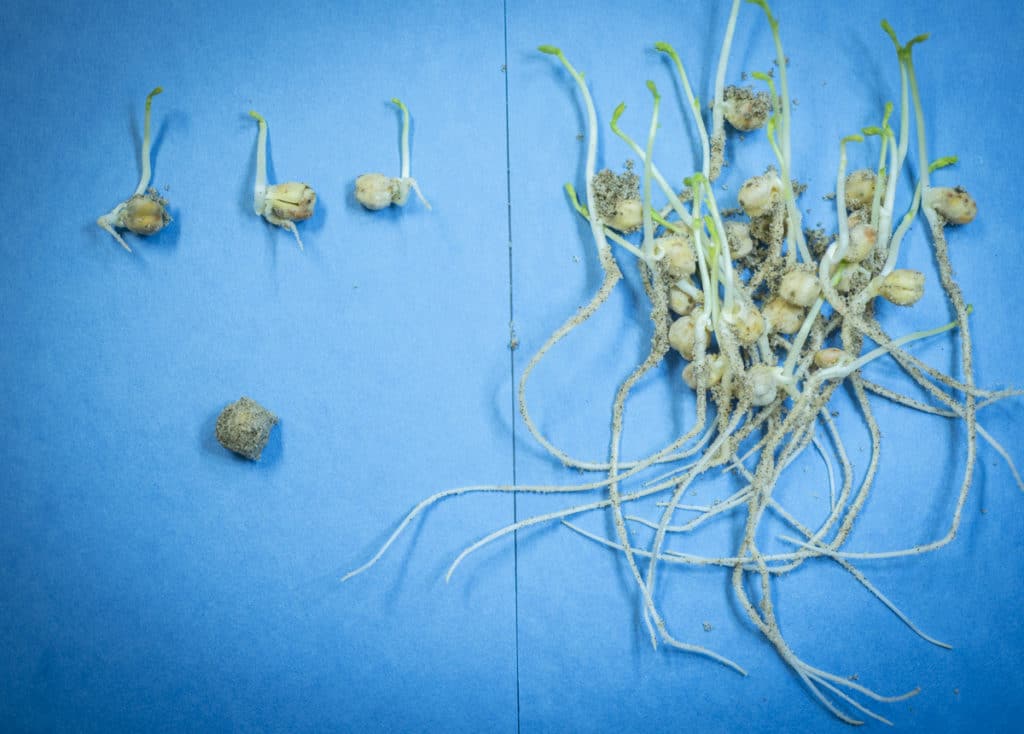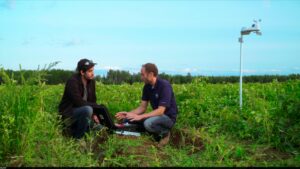
President & Senior Seed Analyst, Seed Check
The 2021 drought means many seeds are too dry. If they’re not handled properly, yield could be affected again in 2022.
As I write this, the leading cause of poor germination we’re seeing in our lab is mechanical damage. At time of harvest, seed was on the dry side. When seed is dry, it cracks easily. The result is damage to the seed surface and possible internal structures.
The reason for so much dry seed is the fact that many growers left their crops in the field longer. Also, when yields are down, combines work fast, meaning a higher impact velocity on seed. The result is mechanical damage being a leading cause of poor germination this year. Some seeds are more susceptible to damage than others.
Pulses are particularly vulnerable — peas, beans, lentils, soybean — because they have an embryo that sits delicately out on the side of the seed. If the seed is dry, cold or brittle, an impact from machinery can cause abnormal seedlings with missing roots and missing shoots. They just don’t have the essential structures they need to develop into a mature plant.

Cereals can also be vulnerable, especially rye, wheat and triticale. Triticale seed has an embryo that’s very high up toward the top of the seed, leading to easy mechanical damage when dry. Damage results in leaves that are shredded, or missing leaves and roots, or leaves entering out the side of the coleoptile (a cylindrical organ that covers the first leaf and shoot apex in grass seedlings).
Barley and oat aren’t as vulnerable to mechanical damage since they’re still in their hull when harvested, but in extreme cases can also sustain damage. Mechanical damage can be reduced during harvest by watching moisture levels and taking care not to beat the seed up too much, but now that harvest has passed, the key is to take care during augering and seed cleaning.
For more info visit seedcheck.net.












